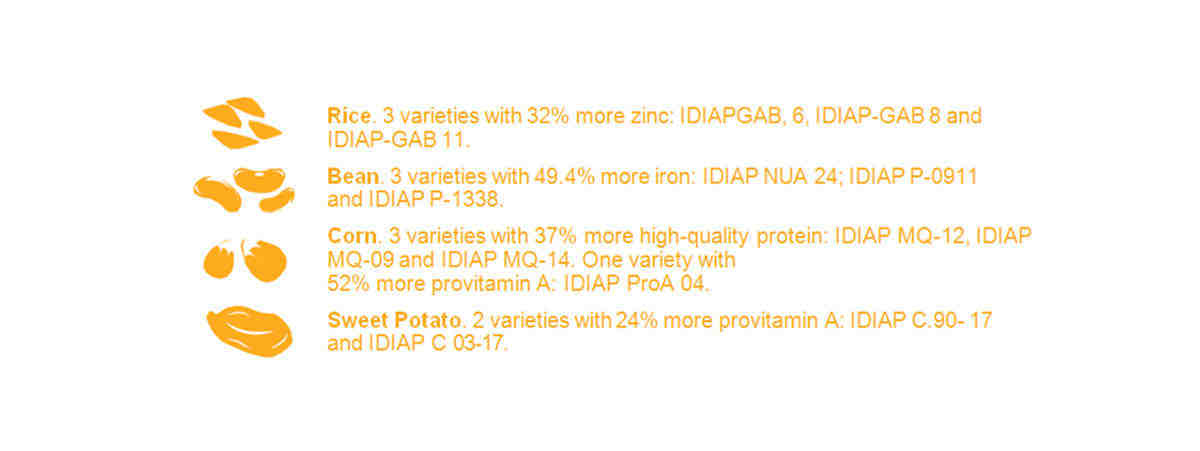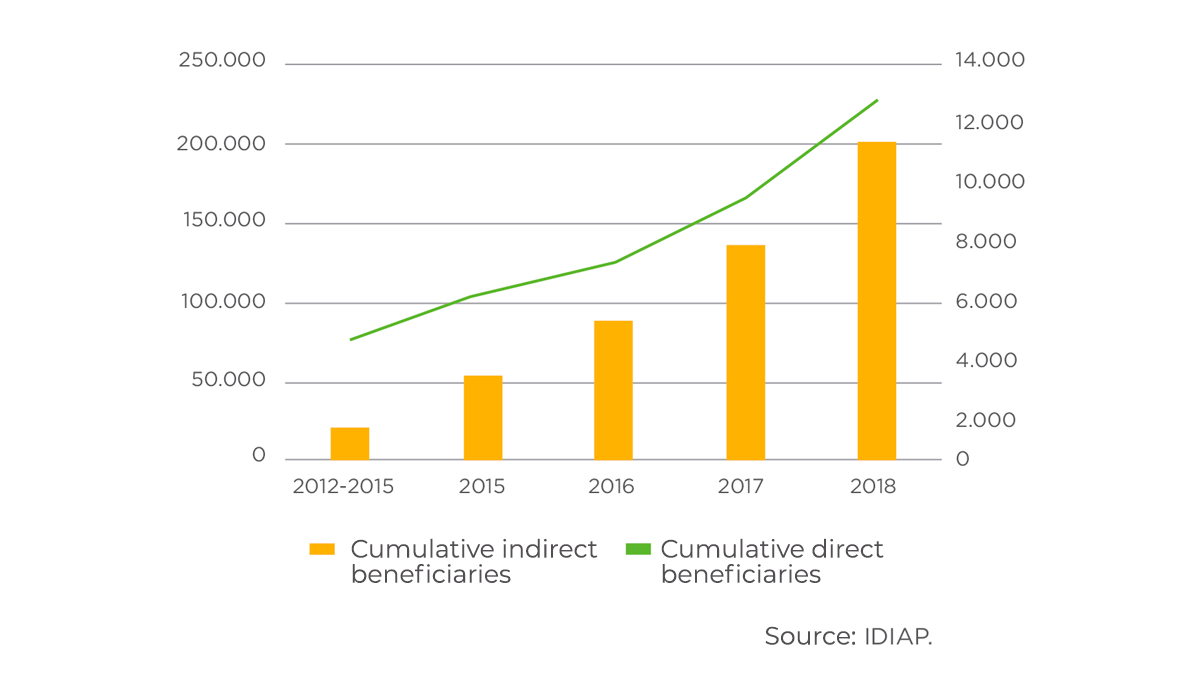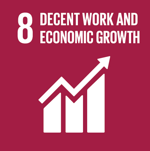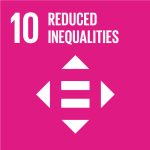Panama Biofortified Against Hidden Hunger
Since 2013, a multidisciplinary model has promoted biofortified rice, bean, corn and sweet potato crops in Panama. The project, which has helped 230,000 people fight hidden hunger, has been included among the country's public policies.
Context of the story
Twenty-five percent of the soils in Panama are suitable for agricultural use. However, some 400,000 people in rural areas consume insufficient amounts of micronutrients, a situation that severely restricts human and socioeconomic development in the region and the country.
Of the 4.2 million inhabitants of Panama, a large percentage of adults and children are overweight or obese, according to official data from 2015.
Anemia affects many children of all ages and almost 50% of all pregnant women, while vitamin A deficiency is present in approximately 25% of all children under 5 years of age.
Biofortification: A Strategy for National Strengthening
The implemented initiative
“AgroNutre Panama”, a project led by IDIAP and implemented with the support of HarvestPlus, was created in 2013 to promote the development and consumption of biofortified foods.
These highly profitable and environmentally friendly varieties are obtained through low-cost, conventional breeding techniques for genetic improvement.
The project is articulated with food education and the eventual development and marketing of specific products to expand the scope of the initiative and contribute to its sustainability.
Science, Education and Teamwork: Biofortification in the Making
The technological solution
The solution started with the creation of AgroNutre, an inter-institutional and multidisciplinary partnership that covered technical, social, food, health and educational areas.
With the support of a group of experts that included HarvestPlus, a world leader in biofortification, AgroNutre obtained the biofortified germplasm of corn, bean, rice and sweet potato needed to carry out genetic improvement.
Through crossing,the group obtained nutritionally superior materials that were resistant to the main pests and adaptable to family farming systems.
Later, seeds were multiplied so that biofortified varieties could be delivered to farmers in high-risk areas, where the most frequent staples are rice, corn and beans.
To broaden the impact of the solution, the team continually supplies varieties to respond to zone-specific deficiencies, trains producers in cultivation methods, and promotes food education in school gardens.
"My idea is to teach other farmers how to manage the crop so that they too can thrive."
Participating countries
Type of project
Results
Today Panama produces twelve biofortified varieties, benefiting 812 rural communities and reaching hundreds of locations and thousands of producers.
Between 2014 and 2017, for example, the country produced 173 tons of biofortified seeds.
Intensive cultivation of biofortified rice, aninitiative co-financed by FONTAGRO, resulted in 20 platforms of 250 small producers that achieved greater rice production for their own consumption, with less environmental impact and greater sustainability for family farming.
A range of studies have been carried out among the beneficiary populations to validate the acceptance of biofortified foods when compared with traditional varieties.
Relevant data
Conquering Homes and Markets

Statistics
AgroNutre proyect beneficieries

Participating Organizations
Project Information









 Panama
Panama